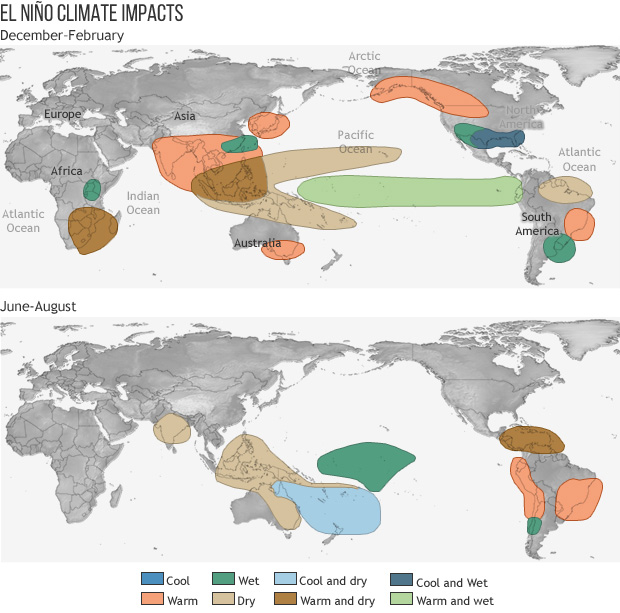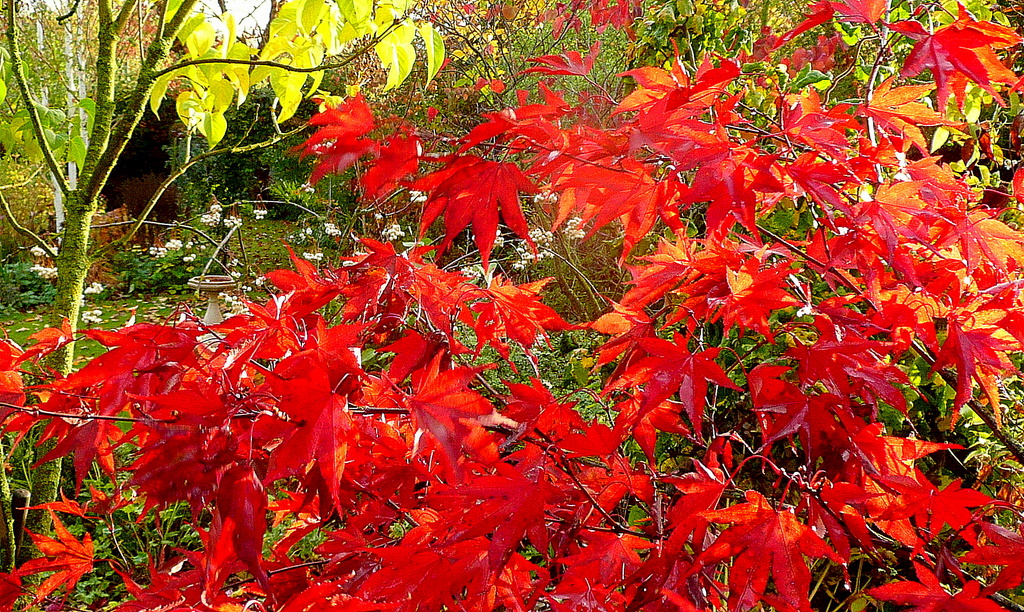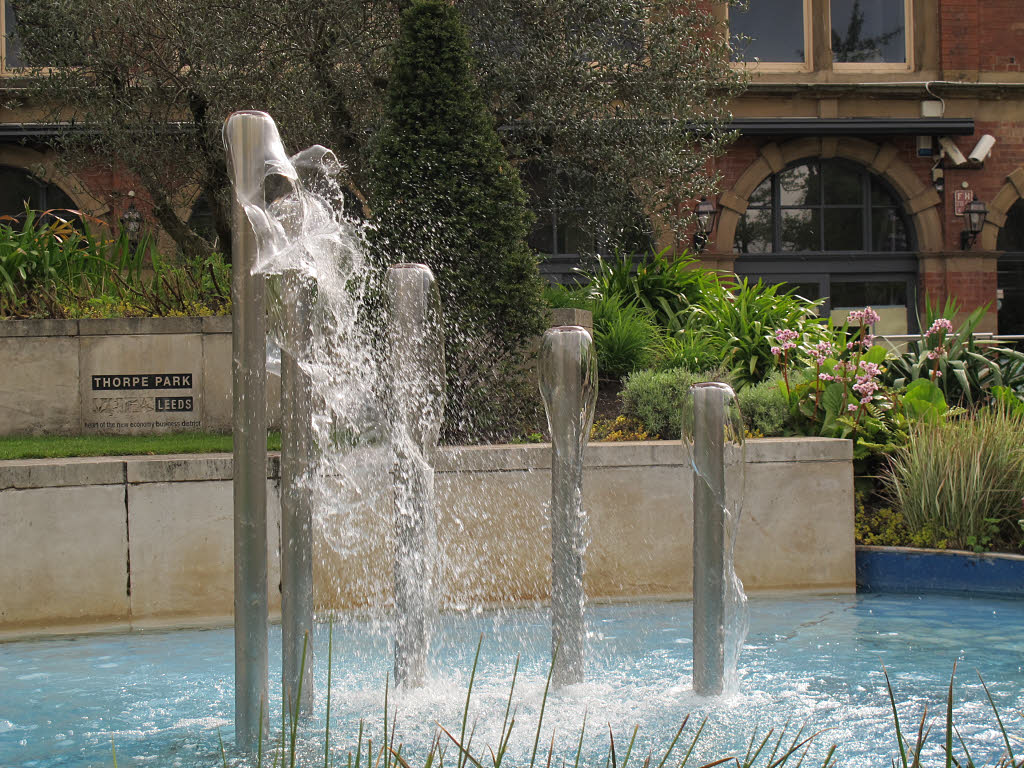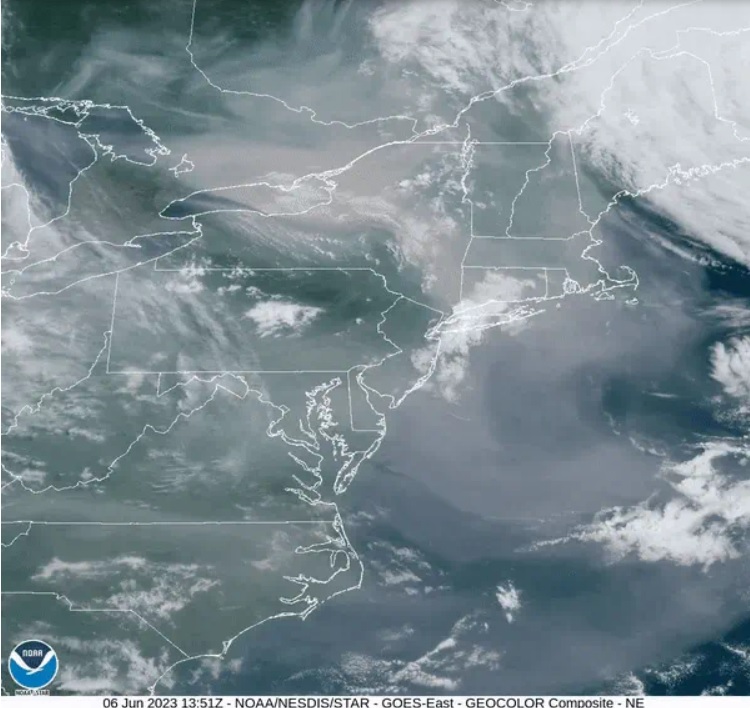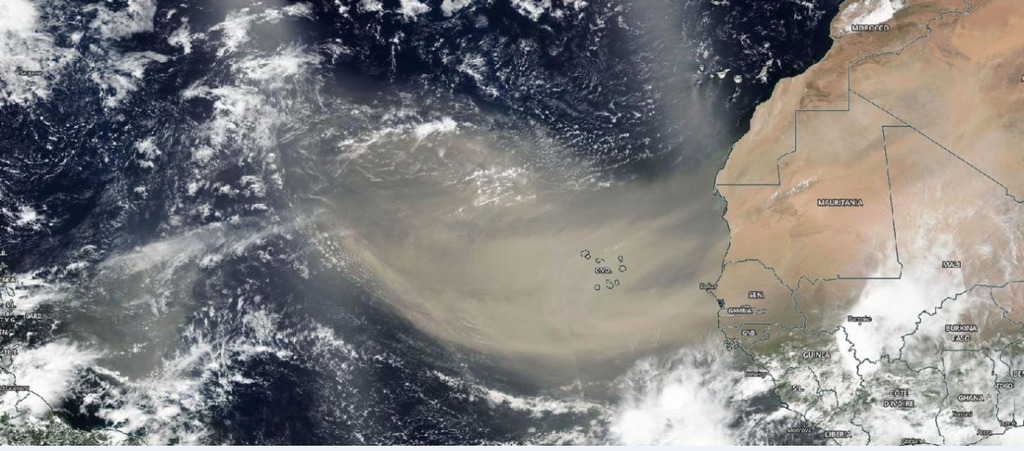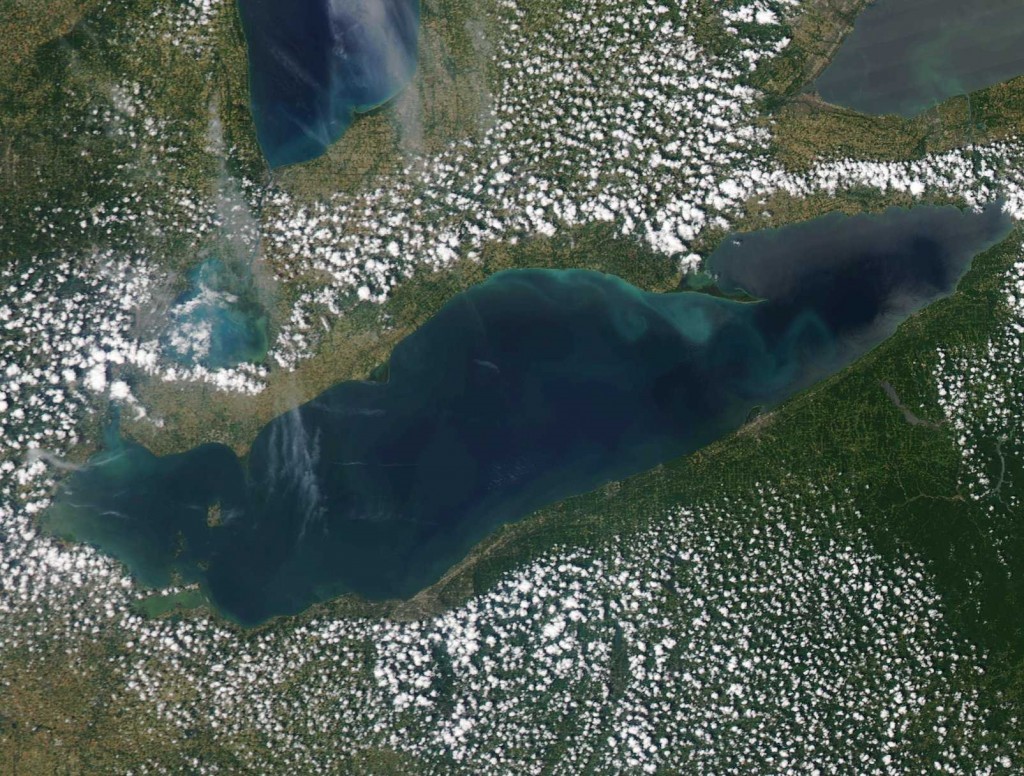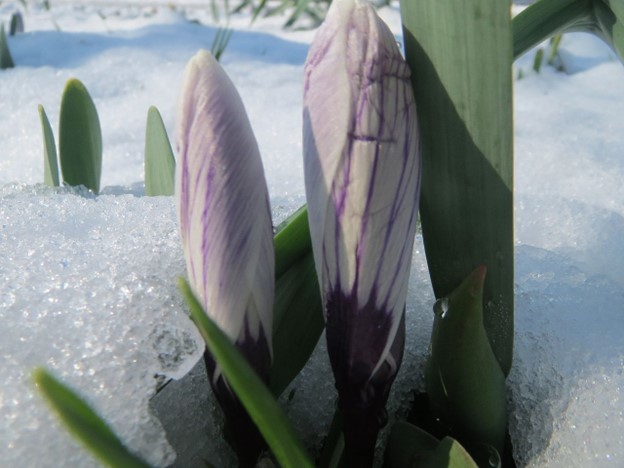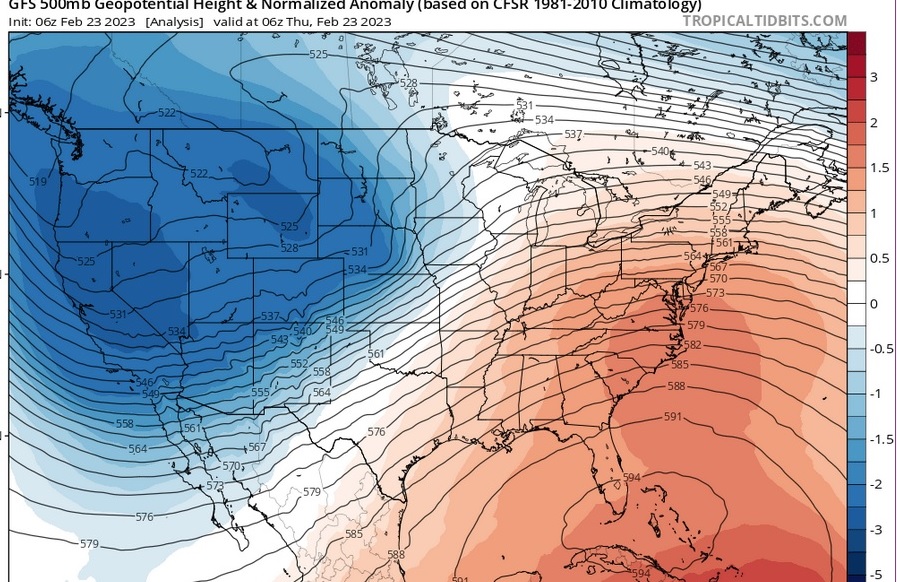UPDATE: As of 11/15/2023, the USDA has published an updated Plant Hardiness Zone map that covers the 1991-2020 period, which includes a lot of the warmest years on record for the US. This map shows more detail than the old map and generally increases the zones in most areas by maybe a half-category. It also now includes Canada and Mexico. You can see it and read about it at USDA Plant Hardiness Zone Map | USDA Plant Hardiness Zone Map.
One of the first questions a gardener should ask when they are considering adding new plants to their garden is whether the plants can survive and thrive in the weather and climate conditions in their yard. One of the most useful tools for this is the USDA Plant Hardiness Zone designation. It provides a quick snapshot of the coldest weather the location is likely to experience, a key factor for how well the plants will survive in that area.

What are plant hardiness zones?
Plant hardiness zones are based on the average annual minimum winter temperature at a location. For simplicity the zones are based on 10-degree Fahrenheit ranges. Each zone is further subdivided into “a” and “b” categories for the colder and warmer halves of the range. You can see the temperature ranges listed on the USDA Plant Hardiness Zone Map website, which also includes a link to an interactive map that will help you determine what zone your location is in. My home in Athens GA is listed as being in zone 8a, which has an average annual minimum temperature range of 10-15 degrees F. Linda provided good descriptions of how to use the zones in this blog in 2019 in A Gardener’s Primer to Cold Hardiness, Part 1 and Part 2.

How accurate is the USDA Plant Hardiness Zone map?
The latest official version of the map was published in 2012 and showed that most areas had experienced a half-zone change to a warmer zone from the previous map because of rising temperatures. There has been no new map since that time but as temperatures have continued to rise it seems pretty clear to me that the current map is outdated. And in fact, even back in 2012 shortly after it was published, Bert Clegg posted an article in this blog showing that the 2012 map was likely already outdated when it was published because it was based on a 30-year average in an era when temperatures are rising and minimum temperatures are rising much faster than maximum temperatures due to increases in humidity and urbanization.

We need to be a little bit careful with this comparison because the average minimum temperature is not the same thing as the average annual minimum temperature. The average minimum temperature is the average of all the daily minimums in a specified time period, while the average annual minimum temperature is the average of the single lowest daily temperature that occurred each year. You can have a fairly warm winter which still experiences an extreme cold outbreak that has a very low minimum temperature on one or two days. In fact, December 2022 had exactly that situation with the fiercely cold outbreak that occurred right around Christmas across a lot of the eastern United States. The extremely cold air was barely seen in the winter average temperature at all since February 2023 was extremely warm for most of the month and washed out the impact of the extreme cold since it occurred over just a few days in the average. But it certainly caused a lot of damage to plants that were exposed to the frigid air on those few icy days! If the 2012 map was outdated when it was published, it is surely more out of date now after an additional decade with some of the warmest years on record.
How will the plant hardiness zones change in the future?
As global warming continues, the average annual minimum winter temperature is expected to continue to rise. This will result in a northward movement of plant hardiness zones over time. For example, areas that are currently in Zone 6 may become Zone 7 or 8. The rate of change will depend on how fast the earth warms and that depends on how much and how quickly humans respond to minimize greenhouse warming. It would not surprise me if our hardiness zones in most parts of the United States now are at least a half-zone warmer than what is shown on the 2012 map and it could be even greater in some locations. Not all areas of the country (and the world, for that matter) are warming at the same rate, and areas closer to the poles tend to be warming more quickly because of the loss of snow and ice in winter, especially in the Northern Hemisphere.

How will the shift in plant hardiness zones affect gardens?
This shift will have a significant impact on gardening and agriculture. Plants that are not adapted to warmer temperatures may struggle to survive. For example, some fruit trees that are currently grown in Zone 6 may not be able to produce in Zone 7 because they require a certain amount of cold weather to set a good flush of blossoms that form the fruit. Warmer winter temperatures will increase the chance of insect pests and diseases surviving over the colder months, leading to more problems in the next growing season. The last spring frost is likely to come earlier and the first fall frost later in the year. This might make some gardeners happy, since they can get out and start planting earlier, but has implications for pollination since the pollinators may not be able to adapt to the changes in the timing of flowering. That would result in less fertile crops and potentially lower yields of vegetables and other crops.
Gardeners and growers will need to adapt to the changing climate by selecting plants that are suited to warmer temperatures. You may already be doing this by choosing varieties and species for your gardens that are listed as being suitable for a warmer Plant Hardiness Zone than the 2012 map suggests. Gardeners may also need to change their planting practices, such as planting earlier in the spring or providing more shade for plants. In addition, changes in precipitation (which are not included in the Plant Hardiness Zones) also affect what kind of plants you need to put in your garden since drought is likely to increase in warmer conditions at the same time that individual storm events may drop more rain than in previous years.
Of course, this does not negate the effects of local climate variation across your plot of land. Variations in shade, soil, and drainage will continue to affect variations in the microclimate across your garden, as I discussed in my first blog post, The Weather Where You Are. However, the local variations will occur on top of the changes to the overall plant hardiness in your region and global temperature increases are likely to cause much bigger changes to your local climate in the long term.
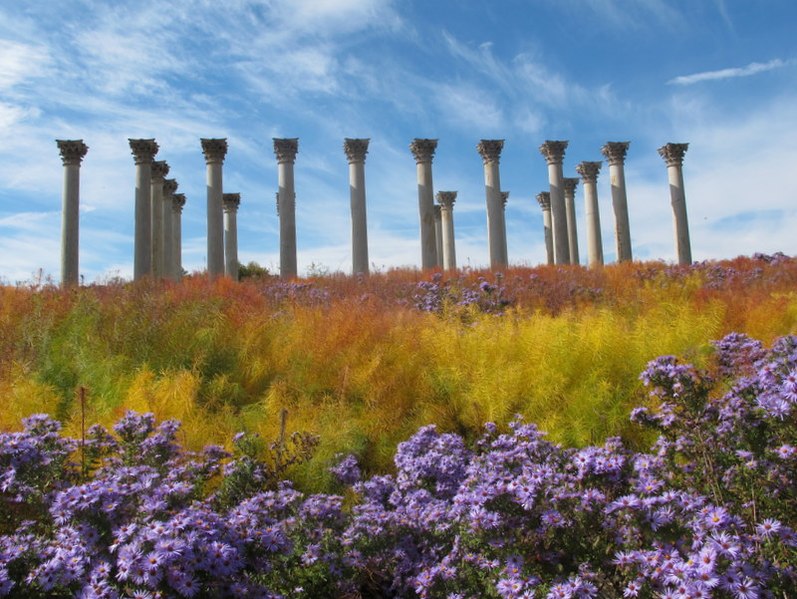
National Arboretum in October, DC Gardens, Commons Wikimedia.

